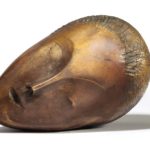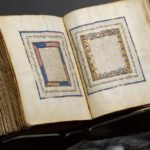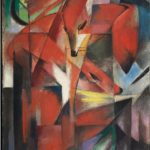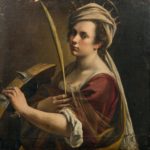HOUSTON, TX.- At the end of the 18th century, fresh archeological finds in Herculaneum and Pompeii inspired artists, intellectuals, and the public all over Europe to be newly fascinated with antiquities. “Neoclassicism” is the term given to the various classicizing movements that developed in the late 18th to early 19th centuries and influenced fine arts, decorative arts, and architecture from Rome to Paris and from London to Saint Petersburg. Influenced by Enlightenment thinkers, the French Revolution, and Napoleon’s rise to emperor, as well as the excavations that made antiquities popular, Neoclassicist artists responded to societal trends by reviving the simple designs and restrained ornament of ancient Greek and Roman art. Antiquity Revived: Neoclassical Art in the Eighteenth Century presents a
Antiquity Revived: Neoclassical Art in the Eighteenth Century at the MFA in Houston
Back To Top







